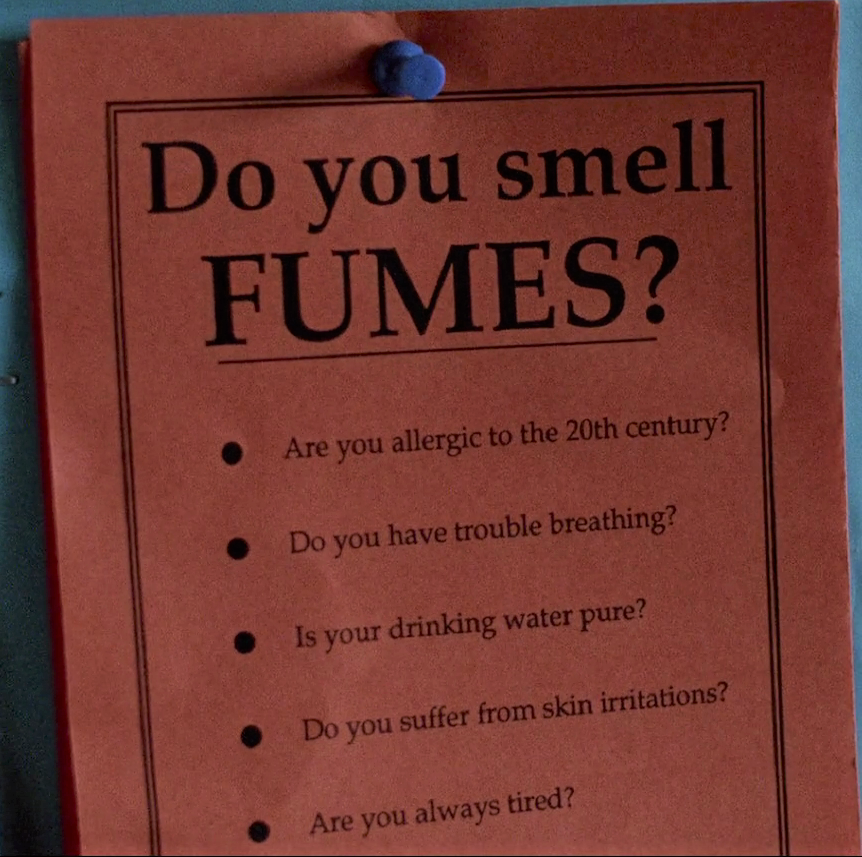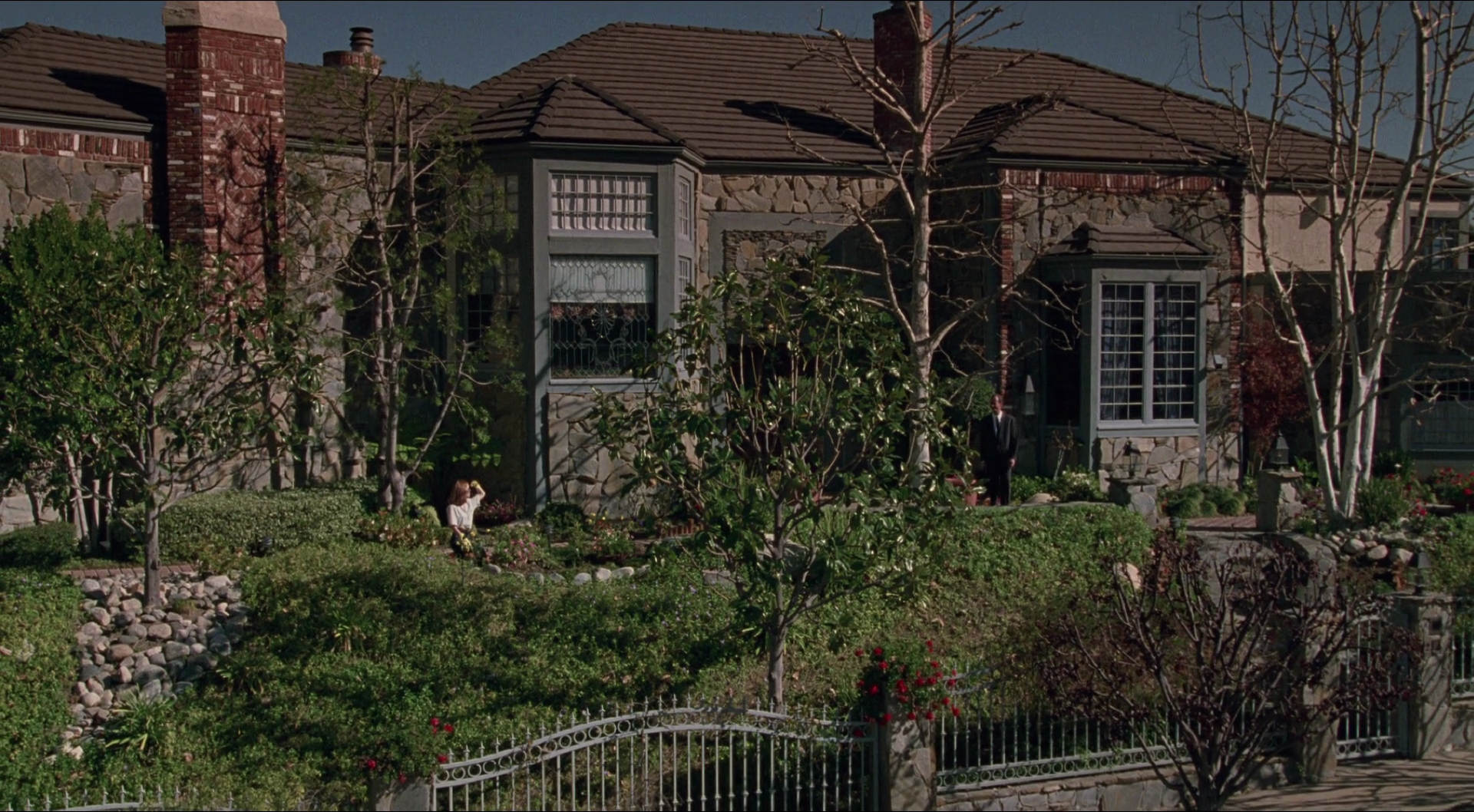The Furniture: First Cow and the Architecture of Settlement
 Wednesday, July 15, 2020 at 1:00PM
Wednesday, July 15, 2020 at 1:00PM Daniel Walber's series on Production Design. Click on the images to see them in magnified detail.
 First Cow is a mossy and melancholy tragedy. Kelly Reichardt makes the failure of her protagonists clear from the start, showing us their skeletons before introducing them in the flesh. There’s a morbid air to everything that follows, though it’s softened by an atmosphere of tremendous beauty. It’s the best ASMR video of the year.
First Cow is a mossy and melancholy tragedy. Kelly Reichardt makes the failure of her protagonists clear from the start, showing us their skeletons before introducing them in the flesh. There’s a morbid air to everything that follows, though it’s softened by an atmosphere of tremendous beauty. It’s the best ASMR video of the year.
Cookie Figowitz (John Magaro) and King-Lu (Orion Lee) clearly think that they are in a land of endless possibility: Oregon Country in the 1820s. Decades before a settled border, the USA and the British Empire “jointly occupied” the Pacific Northwest, in accord with an 1818 treaty agreement that did not even acknowledge the presence of indigenous people.
This is the context for King-Lu’s utterly false observation:
This is still new - more nameless things around here than you could shake an eel at… History isn’t here yet.”









